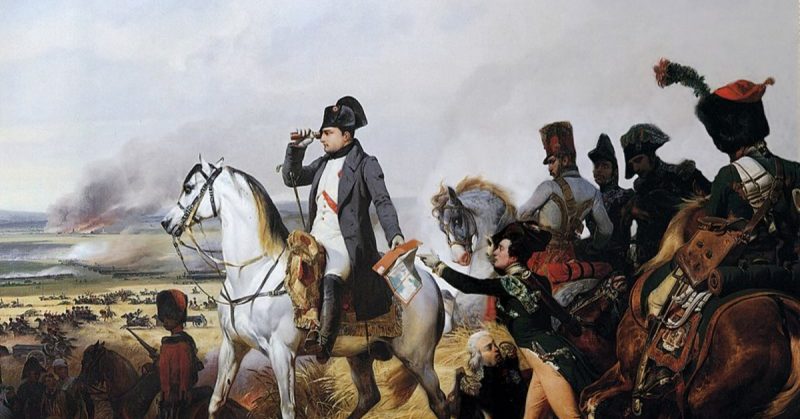Napoleon was not the first military leader to make use of propaganda to promote his image. But what made Napoleon’s approach unique was the extent and skill with which he used it.
He was the first military and political leader to really understand the potential of newspapers as well as the arts to promote not only his own self-image but also his ideals.
In addition to using the press, painting, and theater, he issued a large number of medallions to commemorate his success in battle.
After coming to power as the first consul of France in 1799, Napoleon used propaganda increasingly to censor anything that he saw as threatening or detrimental to his leadership or the ideas of the revolution.
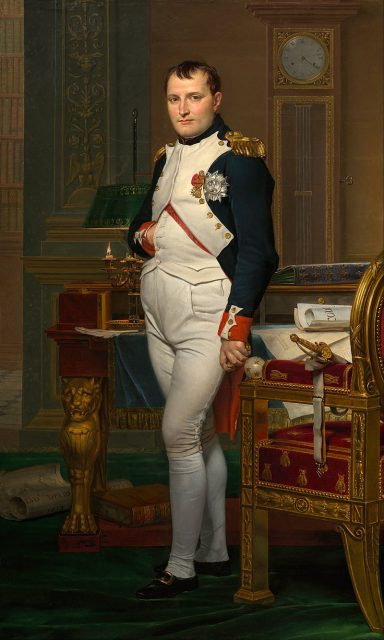
The Press
Napoleon discovered the power of the press early on in his military career. His first successful attempts to use propaganda were his regular battle bulletins.
These appeared in special military newspapers which were distributed to the army. The original purpose of these free publications was to help keep up morale among the soldiers, so they were full of stories of glorious victories.
As time passed, however, the emphasis began to shift. They soon became more focused on promoting Napoleon’s image as a revolutionary hero.
The next step was to make sure that this information spread beyond the battlefield to reach not only soldiers, but also the general public.
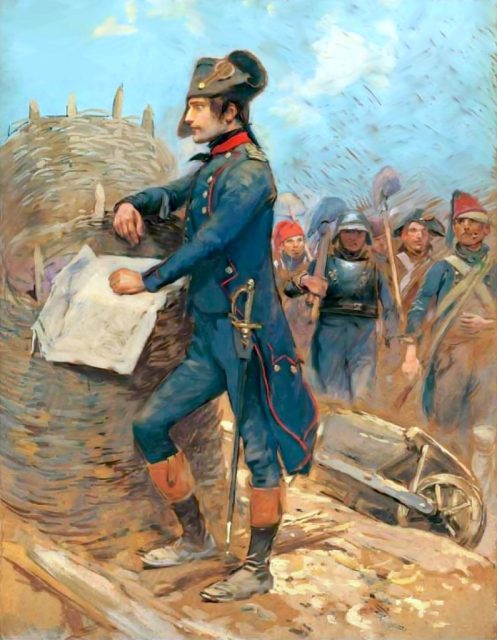
As Napoleon’s power extended, these bulletins started to be included in more general newspapers so they would reach a wider audience. They were included in existing newspapers which supported the revolution, but Napoleon also established new publications specifically for this purpose.
Newspaper editors realized the amount of public interest in Napoleon’s exploits and knew how to please their readers. They responded by further promoting the cult of the hero.
Soon, as well as carrying the military bulletins, they were reporting on all Napoleon’s activities. Even the most trivial stories would become newsworthy.
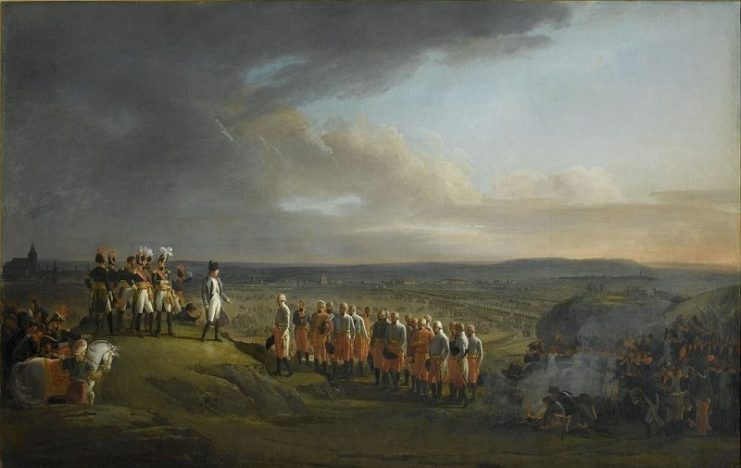
Art
Although the press might be the most obvious tool for propaganda, Napoleon also understood the importance of the arts – particularly paintings and theater.
He patronized some of the most important French painters of his day. The works he commissioned were carefully planned to reflect his heroic aspirations.
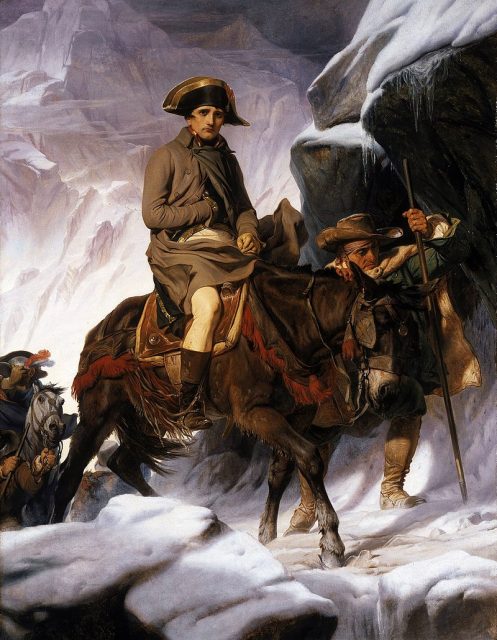
The French painter Jacques-Louis David was one of the many artists whom he commissioned. David was perhaps the ideal choice as he was inspired by classical themes which strongly appealed to Napoleon.
He frequently painted Napoleon in the style of a classical hero. His painting of Napoleon crossing the Alps is typical in the way it draws parallels between Napoleon and Hannibal.
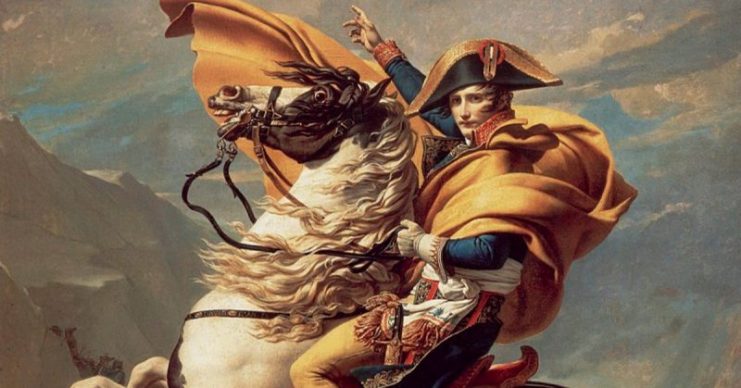
A different aspect of Napoleon’s image is seen in the painting by David’s pupil Antoine-Jean Gros, entitled Napoleon Visiting the Plague Victims at Jaffa 1804. This time, the work displays the emperor’s compassionate side.
How Napoleon won the propaganda war
Napoleon’s aim in using art as propaganda was twofold. Not only did he want to project his own image, but he also used it to promote patriotism and revolutionary ideals. The imagery used often harked back to earlier times, and to Roman antiquity in particular.
This began to influence aspects of everyday life such as clothing and women’s hairstyles. Symbolism was frequently borrowed from the Republic of ancient Rome. The same imagery was also seen in the commemorative medallions issued by Napoleon both before and during his time as Emperor.
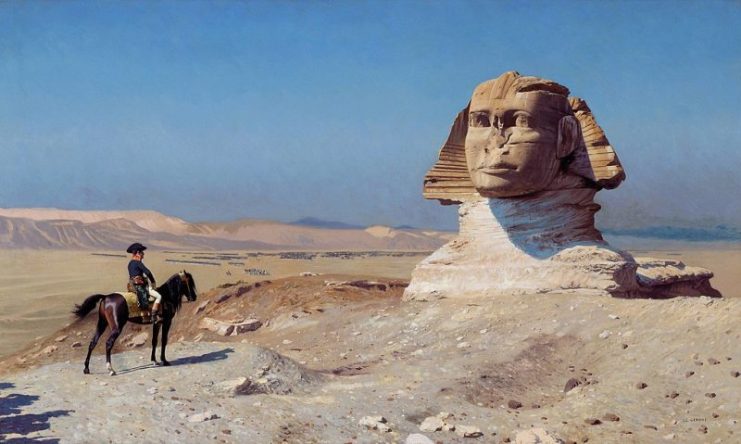
Theater
Although Napoleon also saw the potential of the theater as a means of promoting the ideas of the revolution, he kept it under strict control. Plays which depicted Napoleon and his soldiers favorably were of course encouraged. But traditionally, theater has also been used as a means of expressing dissent, frequently under the cover of comedy or allegory.
Plays were popular in France and there were many theaters. Under Napoleon, the number of theaters decreased, especially in Paris which had been a great center for drama. The small number that remained had to be licensed, and new theaters could not open without the government’s permission.
Napoleon also restricted the number of performances theaters could put on each year. What they were allowed to perform was also strictly controlled, and had to be approved by the state.
New works had to first be read by the minister for justice. Anything that appeared to criticize the state or Napoleon himself would be either changed or banned outright. Eventually, the theaters were limited to performing a standard repertoire of a small selection of approved pieces. Unlike visual art, Napoleon’s influence here was more about censorship than self-promotion.
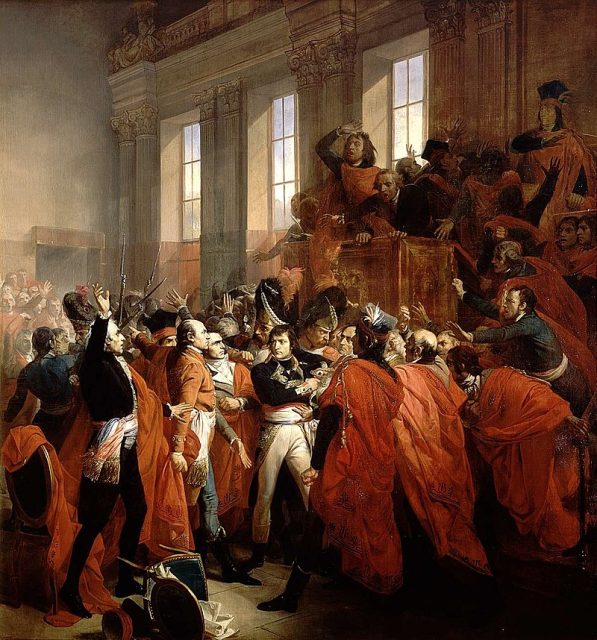
Medallions
A very different type of propaganda tool used by Napoleon was the medallions which were issued to commemorate significant victories. Most of these were made at the Paris mint. Some were made from gold or silver, although the majority were made of copper. Sometimes they bore Napoleon’s name on the back.
The best known of these is the “Five Battles” Series, commemorating Napoleon’s first Italian campaign. They are described as follows:
The Millesimo-Dego medallion is an example of Napoleon’s use of classical imagery. It was produced to commemorate the Battle of Millesimo in 1796. The medallion shows the ancient hero Hercules’ victory over the Hydra of Lerna.
The Po-Adda-Mincio medal represents Napoleon’s success in capturing most of the state of Lombardy. It shows Napoleon leading his soldiers into battle. As well as Napoleon’s success in battle, it also commemorates Napoleon being named as General-in-chief at Milan.
The Battle of Castiglione was celebrated by a medallion showing three naked warriors. One has been killed while the other two are shown fighting. These represent Napoleon’s overcoming the Austrian enemy.
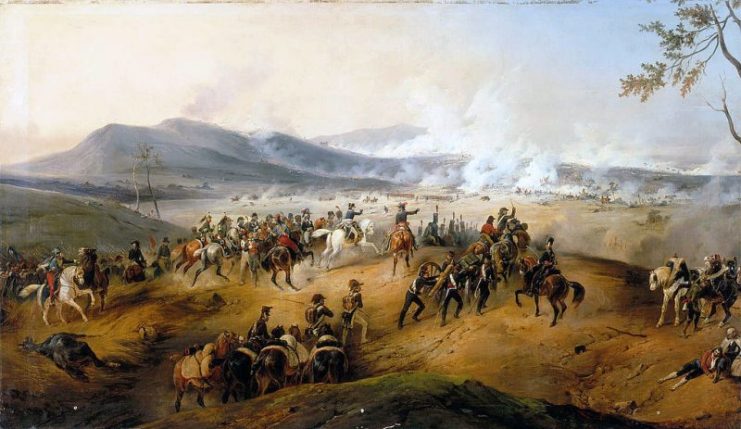
The Capitulation of Mantua medal is another one which refers back to classical history, depicting a woman handing over the keys of the city of Rome to a Roman soldier. This was issued in honor of Napoleon’s victory over the Northern Italian city of Mantua.
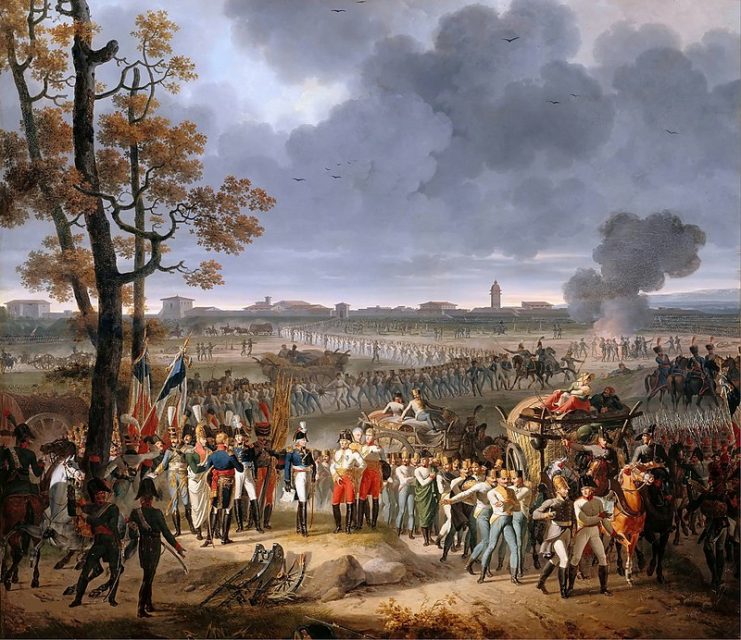
Read another story from us: How Napoleon Consolidated an Empire
The Tagliamento-Trieste medallion commemorates the capture of Trieste and shows a man on horseback, who represents Napoleon leading his troops across the river to victory.
Napoleon was astute in his use of the arts and the press for propaganda purposes. Although it is hard to tell how significant a role that played in his being crowned emperor, it seems likely that by cultivating his own personal popularity he paved the way to his future success.
